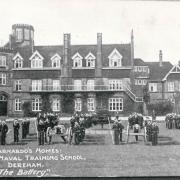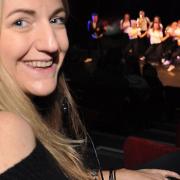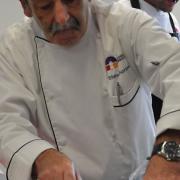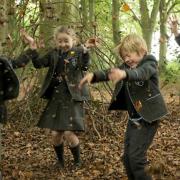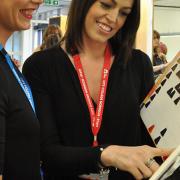Embarking on a career in the creative arts takes thick skin as well as solid talent, as City College Norwich’s Amanda Addison tells Clare Burgess

It is every bookworm’s dream to walk in to the fiction section of a book shop and see something that they have written on the shelves, or to glance across and see someone reading their novel on a device. The basis of a good story requires the author to use his or her imagination and creativity to come up with original ideas for an exciting plot and interesting characters; however this is just the very beginning of the novel writing process.

Artist, author, illustrator and lecturer on City College Norwich’s Access to Art and Design course, Amanda Addison, is no stranger to using her creative talents to turn her ideas into new and exciting stories. With a range of prestigious art prizes, illustration awards and two published novels to her name, Amanda knows what it takes to be successful in the creative industry.
Amanda explains what’s involved in writing and publishing a novel and tells us how the skills required to complete the process can be applied to any creative discipline. “Generally, I think when people pick up a book in a shop or download it on to their Kindle, there is an assumption that the text in front of them is the author’s original version, however the reality is very different,” she explains. “After submitting a first draft and getting accepted by a publisher, an author’s work is thoroughly scrutinised and critiqued by a variety of agents and editors who will all suggest a number of ways in which the wording and overall story can be improved before it is published.
“Writing a novel is a very creative process that requires passion, motivation, discipline and lots of imagination to make it stand out. However, alongside this, writers also need to be very thick skinned as they will always receive a variety of good and bad feedback both before and after their work has been published. These core skills are also vitally important as you develop ideas and produce work in any creative discipline, whether that’s writing, painting, designing or film making.
“To help ensure that my students are fully prepared for what awaits them both in the industry and in higher level learning, I work with them to explore a wide variety of creative approaches and encourage them to work together to give feedback on each other’s work as their ideas develop and evolve. Different people will have different perceptions about any piece of creative work but I think some of the most important attributes are having the confidence to put your work out there, finding ways to manage the feedback that you receive and using any useful comments to help your work progress to the next level.”




